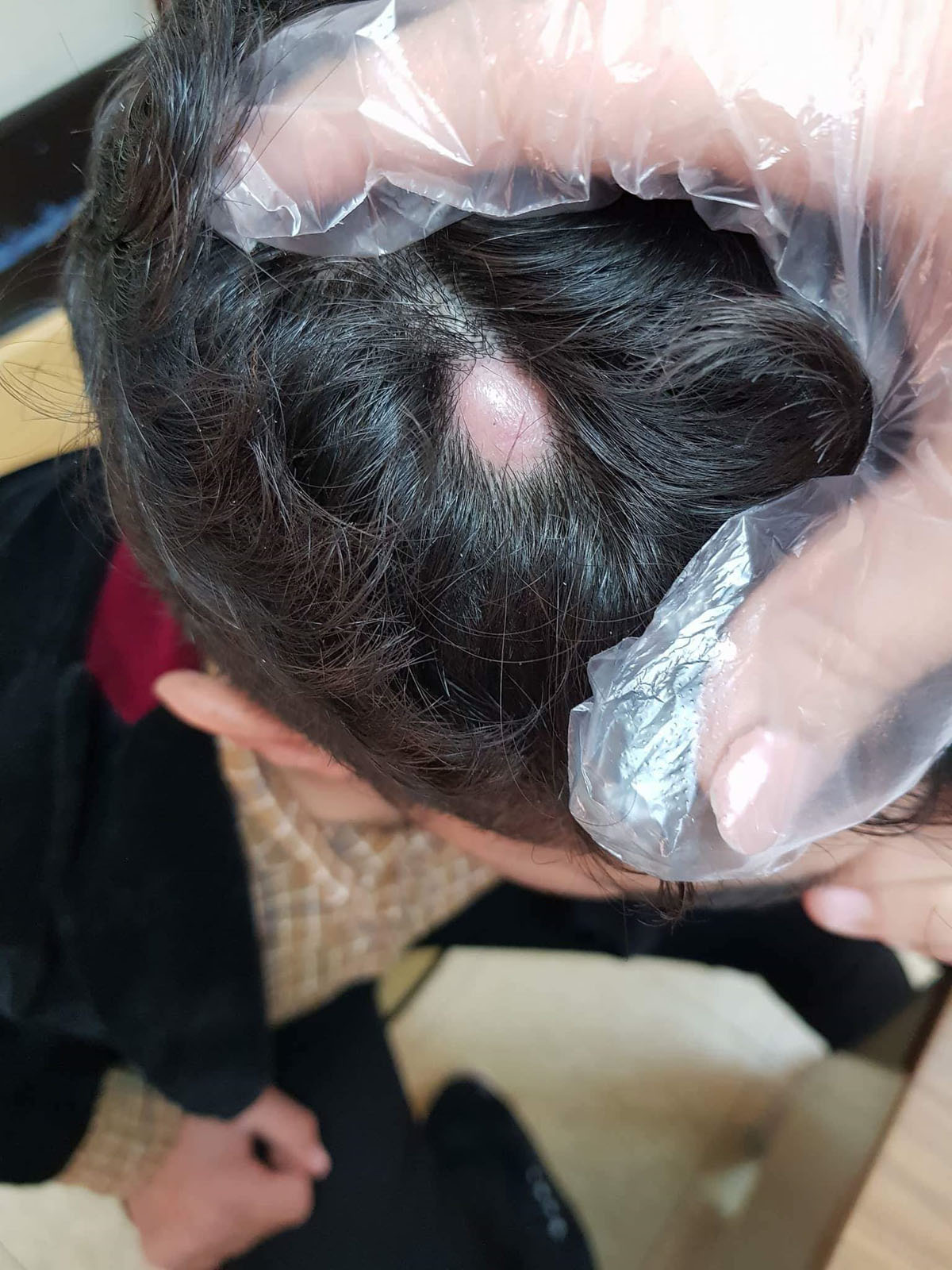
What are cysts?
Cysts are abnormal sacs of fluid, gaseous, or even solid materials that can develop in almost every part of the body, ranging in size from extremely small to shockingly large. Infections of clogged glands often lead to cysts, but so can certain medical conditions including, in some cases, cancerous tumors.
Cysts frequently develop on the face and the back, but may occur on the scalp too. A cyst on the scalp manifests as a lump on the skin that slowly increases in diameter and may have an unpleasant odor. Cysts on the scalp are also known as sebaceous cysts. These cysts are very common and may cause hair loss in the area. Middle aged women are most commonly affected.
Causes of cysts on the scalp
Cysts on the scalp are benign pimple-like bumps that usually cause no problems or pain. If many of these elevated structures form, the scalp may have foul smell.
These cysts are almost always sebaceous cysts, or cysts that develop out of the sebaceous glands that lubricate the scalp with oils. When these sebaceous gland become clogged, they can form a cyst.
You may think that cysts on the scalp may form due to improper hair care. This causes accumulation of dirt in the hair follicle which may lead to development of a cyst. That is possible, but far from the only cause.
A cyst on the scalp may also develop after an injury to the skin, caused by a scratch, or even a skin condition such as acne.
Other possible causes of these cysts include excess production of testosterone, inflammation of the hair follicle, ruptured sebaceous gland or genetic factor such as Gardner’s syndrome. People with a family history of cysts on scalp are also susceptible to this condition.
Symptoms of cysts on the scalp
A cyst on the scalp or pilar cyst may cause mild to moderate hair loss in the affected area of the head. However, the cyst occasionally leaves a bald patch on the scalp. Cysts on the scalp do not cause pain unless they become inflamed or infected. Also, these cysts are typically white in color, but in case of inflammation these cysts may appear red.
A cyst on the scalp can cause itching and an affected person usually has a need to scratch their head frequently. Cysts on the scalp are typically small but tend to gradually increase in size if left untreated. Therefore, they often go unnoticed for a long time. A large cyst on the scalp rarely develops. In general, pilar cysts are non-cancerous but in extreme rare cases they may become malignant. Sometimes, multiple cysts on the head may be present.
Treatment for cysts on the scalp
Often, a cyst on the scalp resolves on its own. However, medical treatments to remove a sebaceous cyst on the scalp are also available. This scalp problem can sometimes be treated with herbal shampoos that are specially designed for this purpose. Antibiotics can be used when the cyst gets infected. Warm compresses can also be helpful.
Also, cysts on the scalp can be surgically removed if necessary — that is, if the cyst does not spontaneously remit. The procedure is done with the help of a local anesthetic and will be painless. A surgical removal of a cyst often leaves a small scar. Sometimes, the cyst may reaper on the operated site, but it can be removed again.



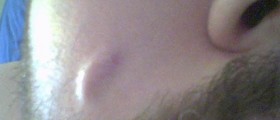

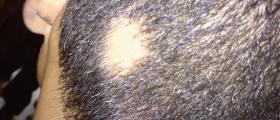
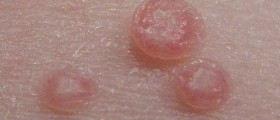
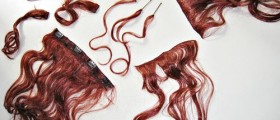



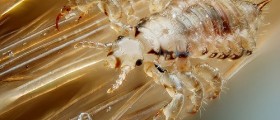




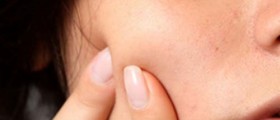
Your thoughts on this
Loading...